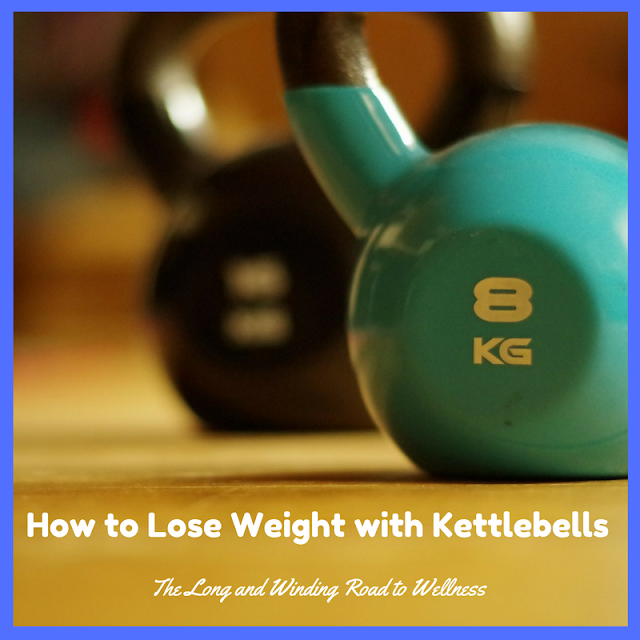"Suzie" found her weight ballooning 60 pounds after her separation from her husband. While part of the weight gain was apparently tied to the medication she was taking, the rest appeared to be the result of what can be described as emotional eating. In recent years, greater attention has been focused on the problem of emotional eating for both women and men. In fact, some experts have gone so far as to claim that most weight gain can be blamed on emotional eating. According to Women Today magazine, it has been estimated that as much as 75 percent of overeating is attributed to the emotions.
For a number of people, overeating stems from anxiety. For instance, if you find yourself consuming an entire bag of potato chips, it’s possible that anxiety is the cause. While many people realize that alcohol and illegal drugs are not an antidote to anxiety, they may not understand that indulging in comfort food in order to combat anxiety can be dangerous as well.
In other cases, overeating may be the result of depression. If you feel tired, hopeless, and have lost interest in your normal activities, you may be suffering from a depressive episode. In order to deal with these uncomfortable feelings, people may turn to food in an effort to cheer up. The problem is that the food can lead to weight gain, which can lead to further depression.
At times, overeating may be a symptom of boredom. An individual may figure that he or she has nothing better to do than overeat. This can be particularly true when one is watching television or surfing the Internet. Rather than trying to determine a cause for the boredom, an individual may just try to “fix” it by indulging in high-fat, high-calorie food.
How do you know if you are an emotional eater? Ask yourself some key questions:
- Do I tend to eat when I’m worried? Scared? Sad?
- Do I find that eating lifts my spirits?
- Am I spending more time eating than engaging in other activities I enjoy?
- Do my binges come after I’ve suffered disappointment?
- Am I turning to food in order to deal with the death of a loved one…a divorce…or the defeat of my favorite team?
After you’ve identified yourself as an emotional eater, you’ll need to take steps to correct your behavior. Perhaps the most effective technique is diversion. In other words, if you find yourself reaching for the cookie jar, find another activity to engage in. The answer could be taking a walk, kickboxing, or dancing. Or it could be something less physically demanding, such as needlepoint or crochet. The idea is to get your hands…and perhaps the rest of your body…moving. In time, you might find the urge to overeat subsides as you become involved with other activities.
Another effective step you can take is to identify the triggers for your emotional eating. Do you tend to binge in mid-morning, mid-afternoon, or right before bedtime? Are you snacking while watching television, while at the computer, or when you’re sitting in your favorite chair? By asking yourself these questions, you can identify the time of day when you overeat, as well as the location for your binging. With this information, you can learn to re-direct your behavior to less fattening pursuits.
Yet another helpful technique is to develop a support network to help you combat overeating. The members of your support team could include your spouse, children, parents, friends, or other over-eaters. You may even consider joining a support group which specializes in helping those who engage in binge eating. If you feel the need to overeat, contact a member of your support team. Talking through your emotions could provide you with the emotional release you need, making overeating unnecessary.
If your anxiety or depression persists, consider seeing a psychotherapist. He or she can help you develop more effective coping mechanisms. If you find it difficult to talk to friends or family about your overeating, a psychotherapist can provide you with the talk therapy you need to overcome your problem.
May 15-26 I am hosting a free Emotional Eating Course in the Brand New Me Healthy Living Community on Facebook. During these 10 days we will uncover the symptoms and consequences of emotional eating to reverse this possibly dangerous situation. This course will help you to identify the real reasons you're emotionally eating and how to change unhealthy comfort eating habits.
Hop on over to the Community, meet and hang out with the members before the course begins. I look forward to helping you break free from this cycle and find your brand new healthier self!











